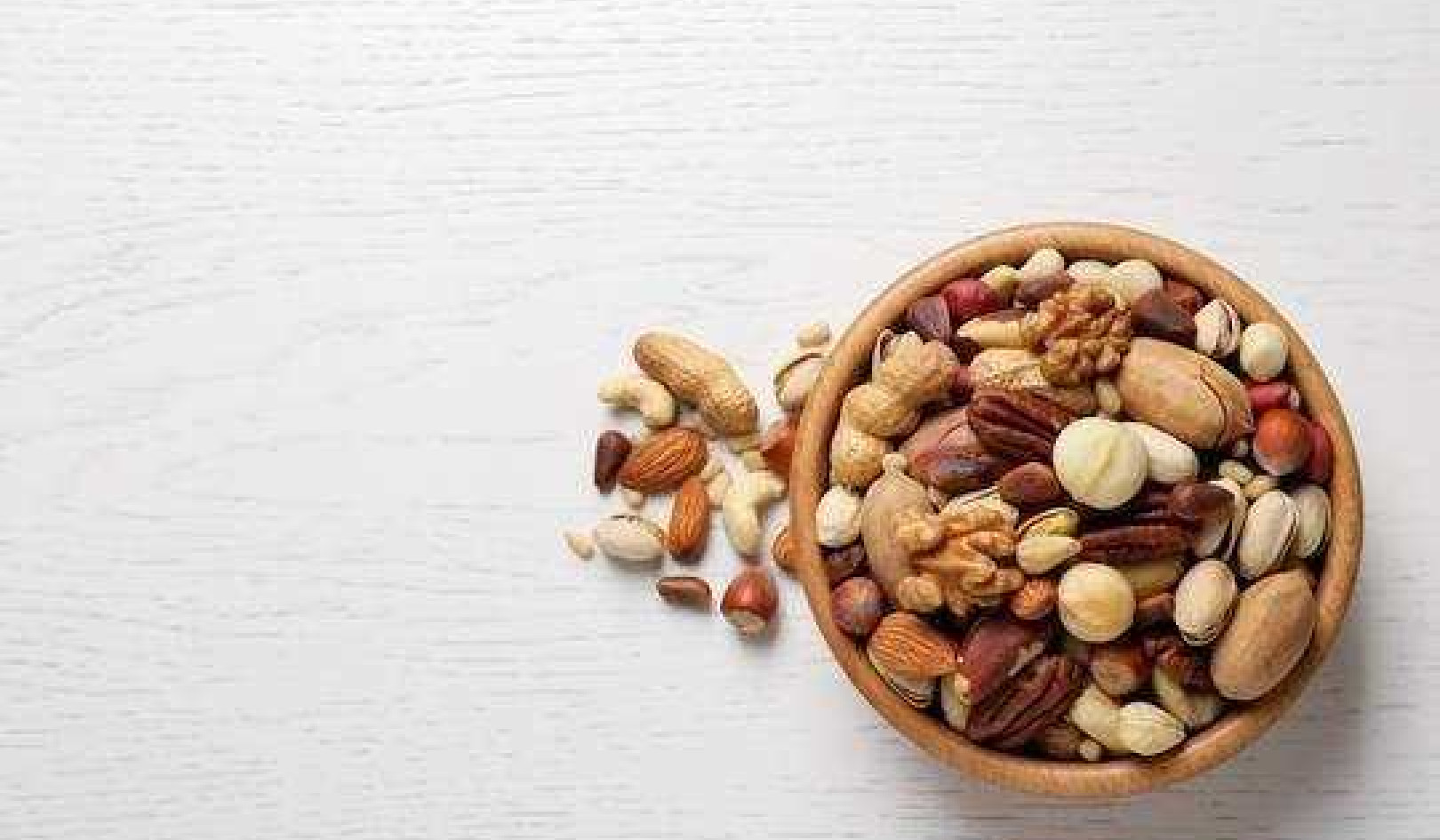 Not only does exercise lower healthcare costs, it also lowers risk of disease. Zoran Pucarevic/ Shutterstock
Not only does exercise lower healthcare costs, it also lowers risk of disease. Zoran Pucarevic/ Shutterstock
Exercise is good for your health at every age – and you can reap the benefits no matter how late in life you start. But our latest research has shown another benefit of being physically active throughout life. We found that in the US, people who were more physically active as teenagers and throughout adulthood had lower healthcare costs.
These findings are especially relevant to people who live in countries without universal healthcare, such as the US. However, our findings apply indirectly to countries with universal healthcare, such as the UK, as a healthier population could result in lower costs for the healthcare system as a whole.
For our study, we drew on data from the National Cancer Institute’s study on diet and health, which looked at over half a million adults. As part of this study, adults in 1996 who were aged 50-71 were asked how physically active they were during this time in their life. They were also asked to estimate how much exercise they got in late adolescence and early and middle adulthood.
We followed up with participants between 2004-06. During this time, some consented for their study responses to be linked with their Medicare data. Medicare is the major health insurance programme for American adults aged 65 years and older.
To ensure results were accurate, we only looked at respondents who were 65 years of age, as this is the age a person first qualifies for Medicare. We also adjusted our results to take into account other things that could influence the outcome, such as ethnicity, education, marital status, and whether a person smoked. This way we could be fairly certain that we were only looking at the effect of physical activity on healthcare costs.
 It’s never too late to start exercising. Maridav/ Shutterstock
It’s never too late to start exercising. Maridav/ Shutterstock
Based on our data, people were clustered into groups according to their exercise habits throughout adulthood. We identified nine groups, which fell into four main categories: maintainers (36% of the group who maintained moderate to high activity throughout adulthood), decreasers (30.5% of the group who were active in early adulthood but became less active as they aged), and increasers (14.5% of the group who weren’t active in early adulthood but became more active throughout their lives). Around 18.5% of the group were consistently inactive throughout their lifetime.
A lifetime of activity
We found that adults who maintained or increased their physical activity from adolescence throughout adulthood had lower average annual healthcare costs than adults who were consistently inactive over time – between US$824 (£567) and US$1,874 (£1,356) per year. This is around 10% to 22% lower than those who were less active or inactive.
In contrast, adults who were active earlier in life but less active in middle-age (decreasers), did not benefit from lower healthcare costs after age 65, despite being active earlier in life. In fact, their Medicare costs were akin to those who had been consistently inactive all their life.
Although the study’s respondents came from different parts of the US, it’s hard to say whether these results would be true for people in other parts of the world. And, as our study was based on self-reported information obtained from a survey, we can’t say whether activity levels caused lower healthcare costs. Also, we weren’t able to control for all factors that may have affected the results, such as whether a person developed an injury that limited their activity levels.
However, similar findings to ours have also been seen in other research, such as an Australian study which found that middle-aged women who were active throughout their life had 40% lower healthcare costs over the three years that the study took place.
Given that one in four adults worldwide don’t get enough exercise, large-scale efforts to improve physical activity – especially among adolescents and young adults – could help reduce healthcare costs and improve health later in life. Strategies such as working with people one on one, in small groups, or on a community level, to change their physical activity levels are all proven to work.![]()
About The Author
Diarmuid Coughlan, Research Associate in Health Economics, Newcastle University
This article is republished from The Conversation under a Creative Commons license. Read the original article.
Books on Exercise from Amazon's Best Sellers list
The Four-Pack Revolution: How You Can Aim Lower, Cheat on Your Diet, and Still Lose Weight and Keep It Off
by Chael Sonnen and Ryan Parsons
The Four-Pack Revolution presents a total-life approach for attaining health and fitness goals without the hard work and suffering.
Click for more info or to order
Bigger Leaner Stronger: The Simple Science of Building the Ultimate Male Body
by Michael Matthews
If you want to build muscle, lose fat, and look great as quickly as possible without steroids, good genetics, or wasting ridiculous amounts of time in the gym and money on supplements, then you want to read this book.
Click for more info or to order
The Women's Health Big Book of Exercises: Four Weeks to a Leaner, Sexier, Healthier You!
by Adam Campbell
The Women's Health Big Book of Exercises is the essential workout guide for anyone who wants a better body. As the most comprehensive collection of exercises ever created, this book is a body-shaping power tool for both beginners and longtime fitness buffs alike.
Click for more info or to order
Bodyweight Strength Training Anatomy
by Bret Contreras
In Bodyweight Strength Training Anatomy, author and renowned trainer Bret Contreras has created the authoritative resource for increasing total-body strength without the need for free weights, fitness machines, or even a gym.
Click for more info or to order
The Men's Health Big Book of Exercises: Four Weeks to a Leaner, Stronger, More Muscular You!
by Adam Campbell
The Men's Health Big Book of Exercises is the essential workout guide for anyone who wants a better body. As the most comprehensive collection of exercises ever created, this book is a body-shaping power tool for both beginners and longtime fitness buffs alike.
























